The Rock Creek Nature Trail is a very short but interesting hike in Nevada County where you can find some interesting wildflowers. You’ll also find a good variety of wildflowers along the road into and out of the area. The hike is cool, shady, green, and easy. I’ll be visiting this again soon!
The Flowers
Here’s a sample of a few of my favorites from this visit (click on the image to see a larger view).
We found a great variety of wildflowers along the road heading in, on glades alongside Conservation Road. One of the most abundant was Hartweg’s Iris.
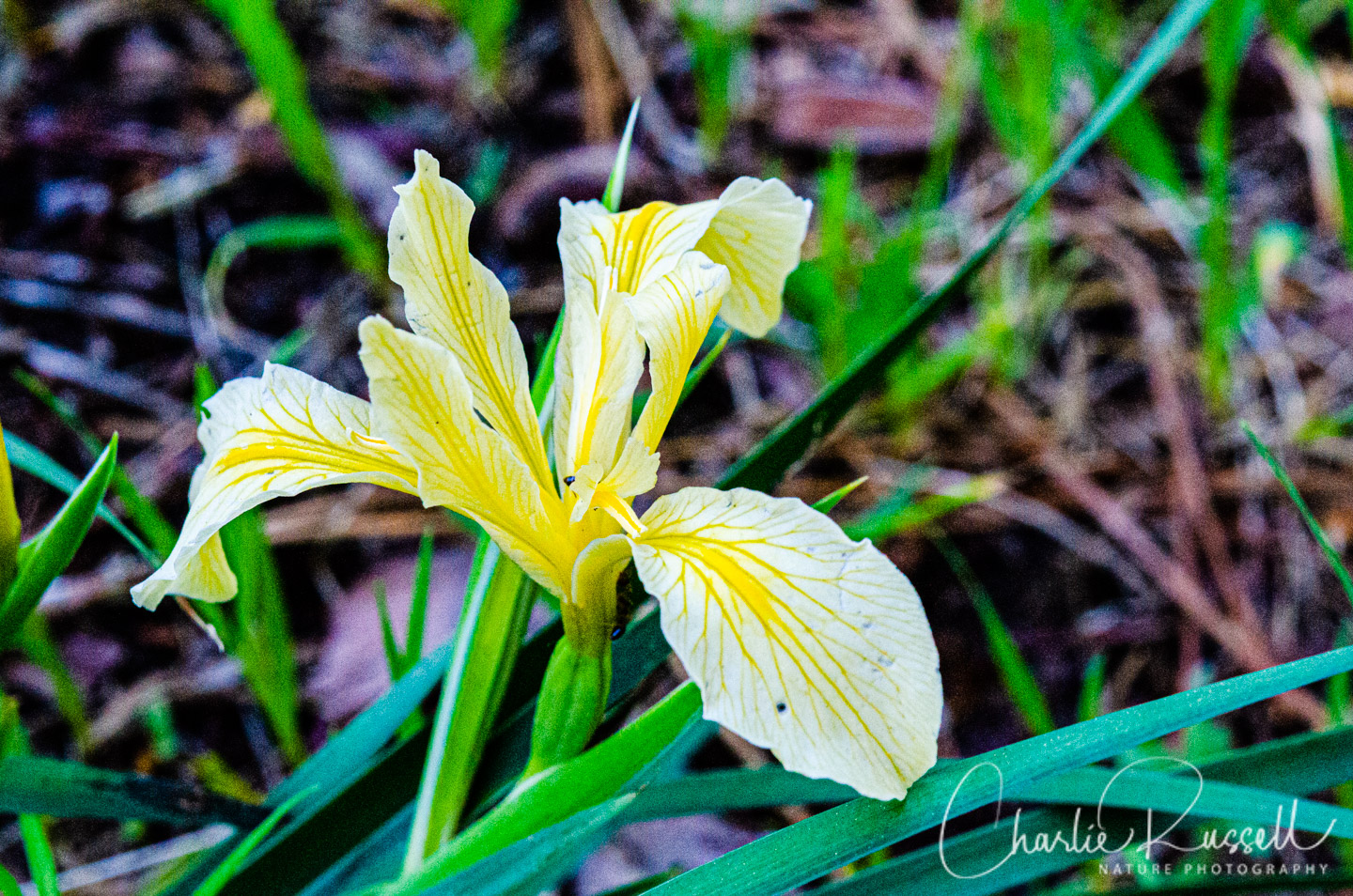
Scattered around these we found little Pine violets with their distinctive moose-horn leaves.
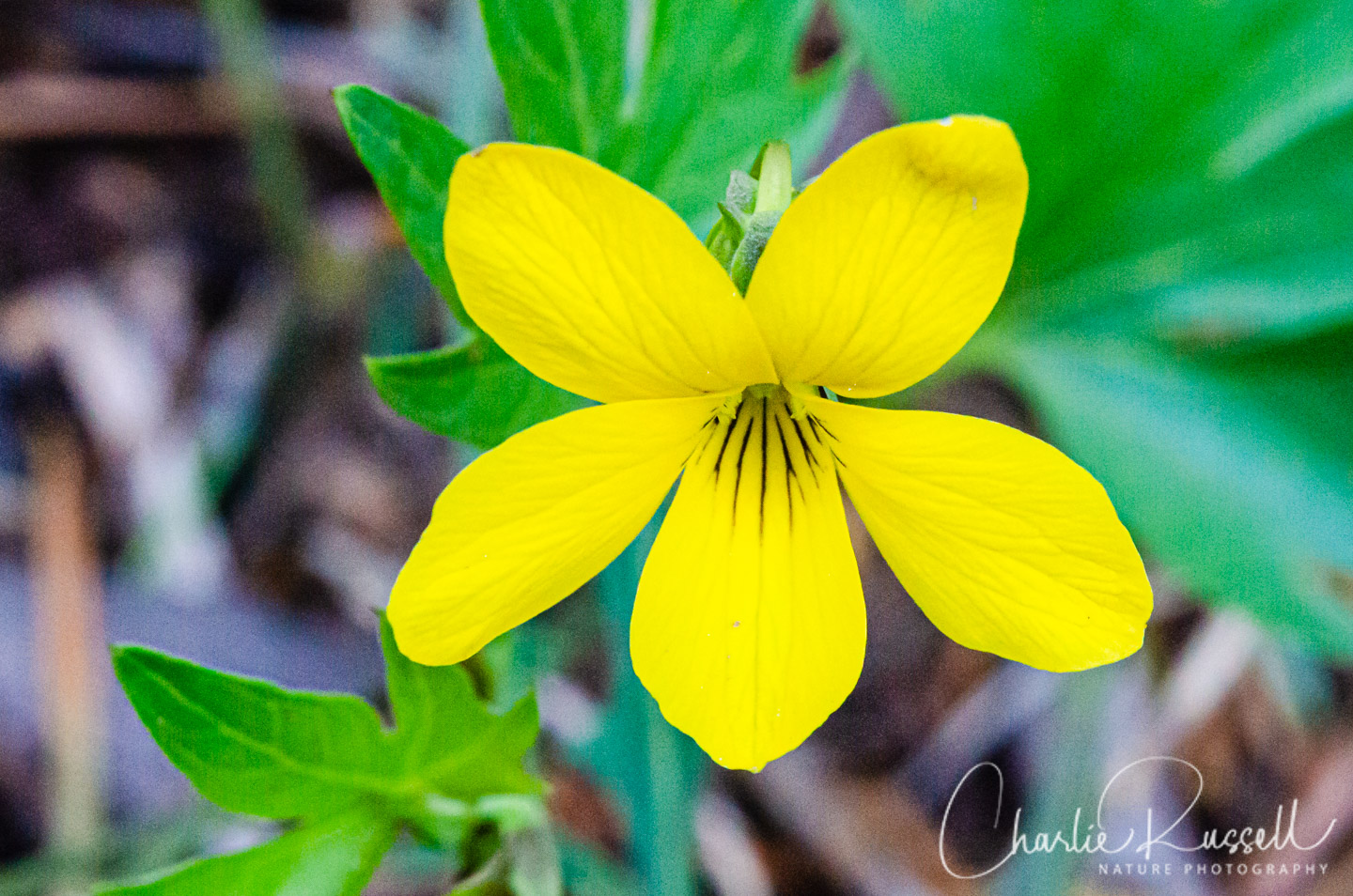
Tucked away in some shadier spots further down the road we were happy to find Pacific bleeding heart.
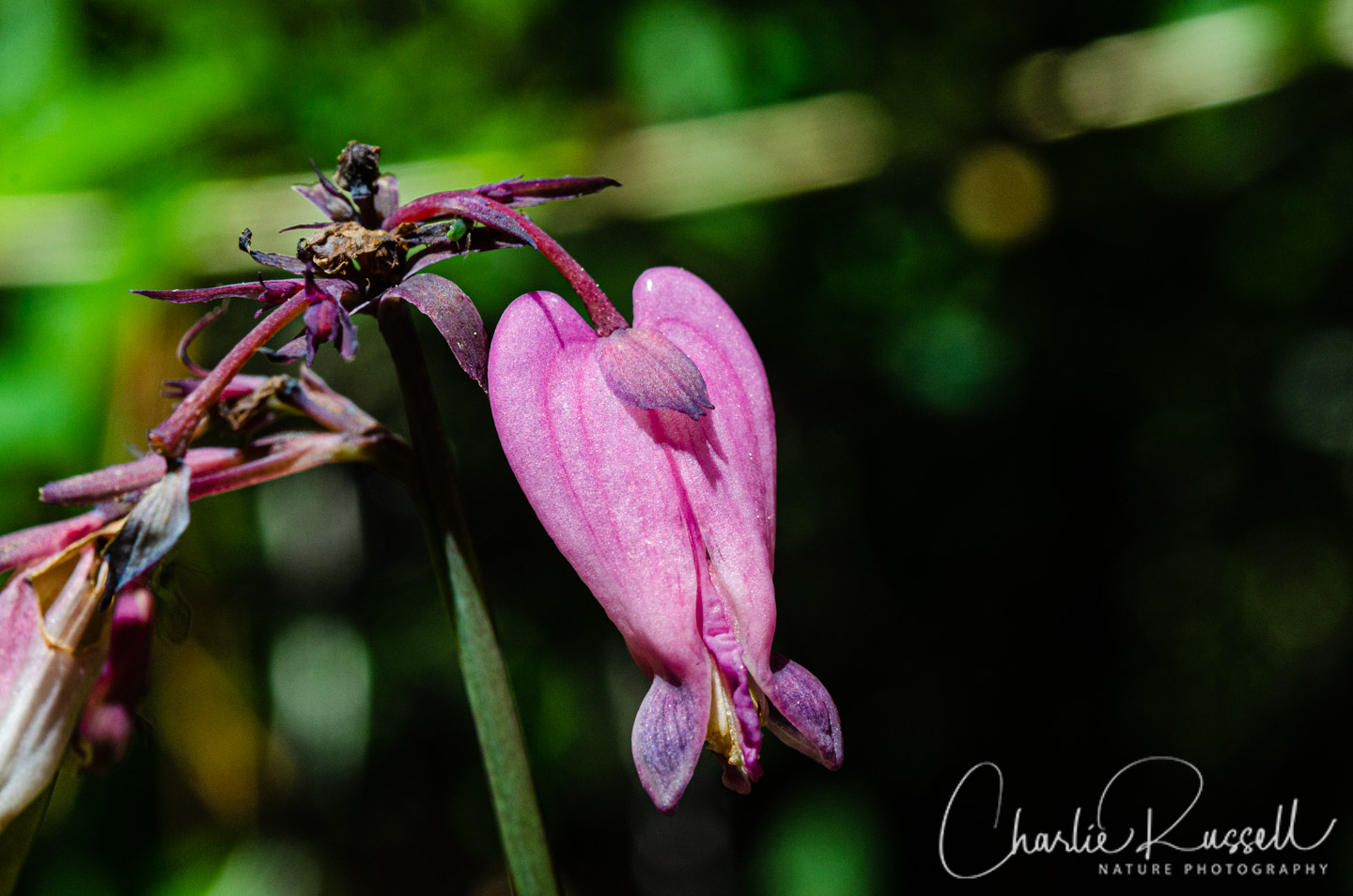
When you get to the trail itself, it is a wonderful shady stroll alongside a stream. Everything was cast in green, with light filtering through the overhead Pacific dogwood and bigleaf maple trees. The deep shade made it very cool, but you don’t get as big a variety of wildflowers as you’ll see in sunnier spots along the road.
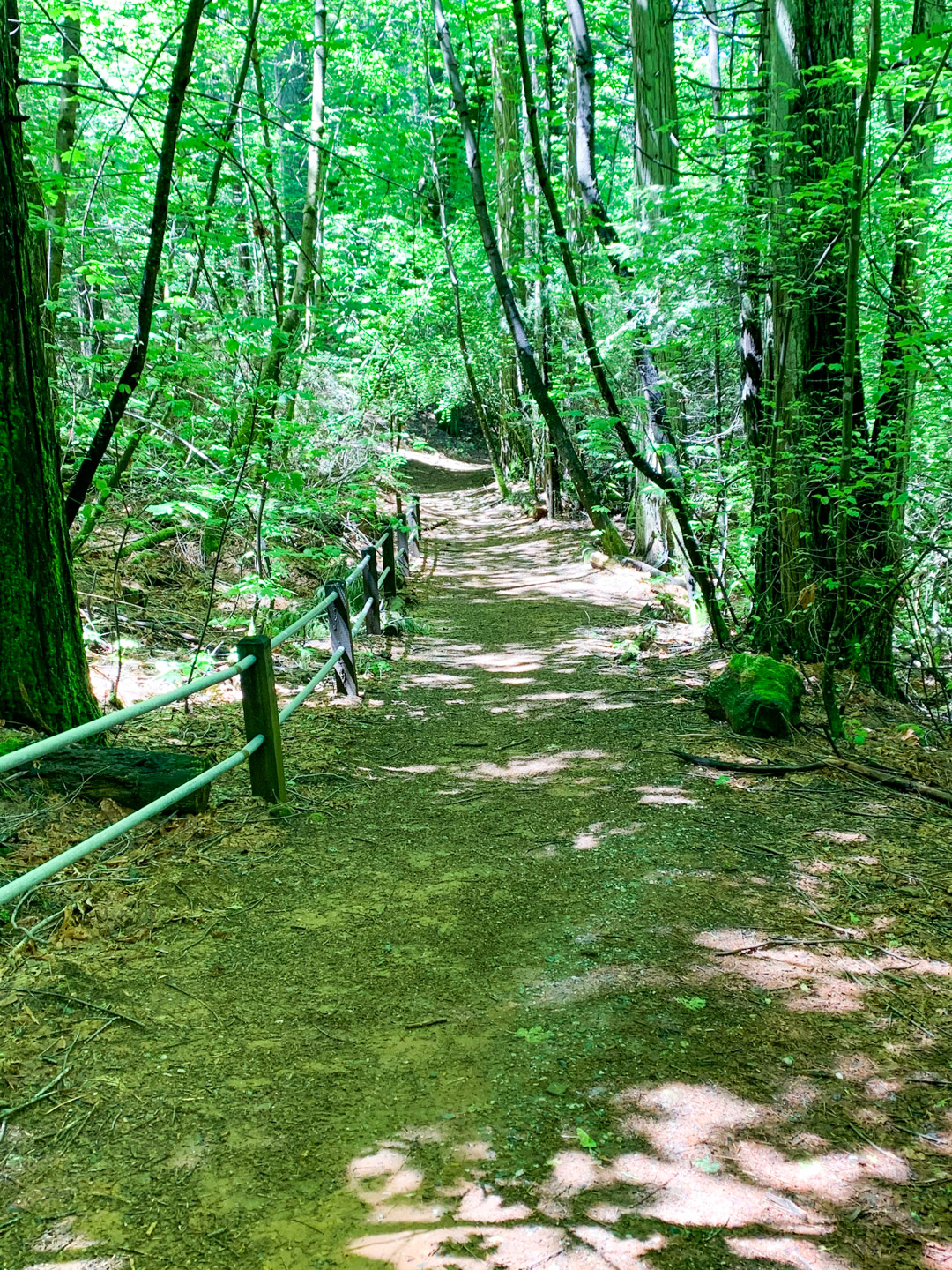
The big hit for this trail was the very abundant fringe cups, a very delicate flower whose intricate design you may miss if you don’t look closely at the wispy flower spikes along the way. The individual flowers are just a few millimeters wide.
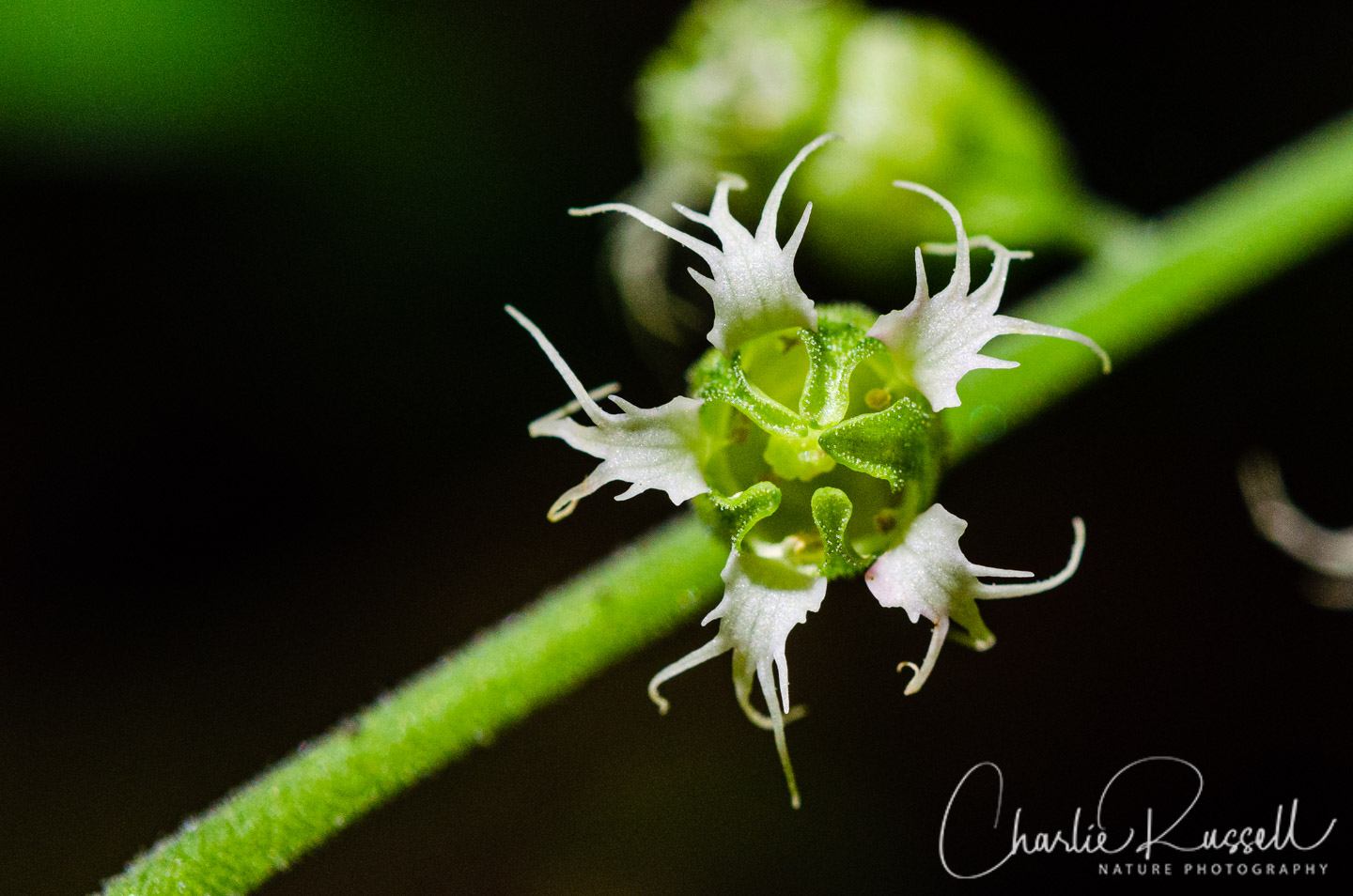
We also found bleeding hearts, false lily of the valley, wood roses, and Pacific starflower along the trail.
As you drive out of the area keep an eye out for additional wildflowers along the road. We found (for example) a nice patch of meadow larkspur just before we returned to the highway.
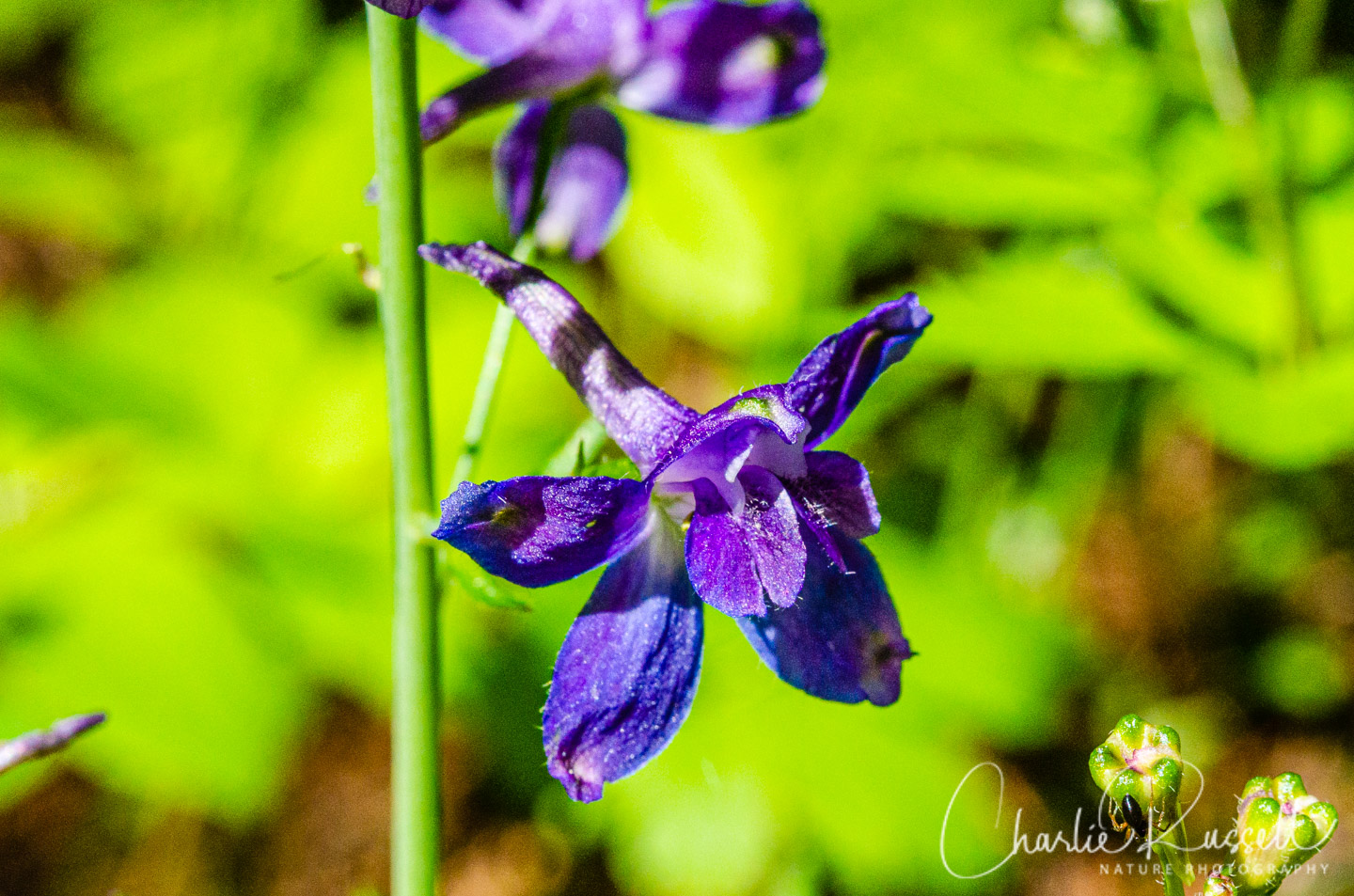
If you click on lightbox image below you will be able to scroll through all of the plants (and other things) that we found on this hike. All photos are available for purchase in a variety of formats.
Getting There, and the Hike
The Rock Creek Nature Loop is on Rock Creek Road, which is (for the most part) a one way road. To get there, drive east on Highway 20 from Nevada City, for about 7 1/2 miles. You will pass the Harmony Ridge Market on the left (north) side. It’s a popular place, they make wonderful sandwiches. About two miles past this look for a sign for the Washington Ridge Conservation Camp on your left (North). This is Conservation Road. Take that road, and start looking for wildflowers in any open spot along the way. This is where we found the iris, violets, and many others.
After approximately a mile on this paved road you will see a dirt/gravel road on your left. There is a very inconspicuous sign for the Rock Creek Nature Study Area. It is an easy road (although it can get muddy), but a bit narrow. Follow this for approximately a mile until you see a small parking area on your right. This is the trailhead for the Rock Creek Nature Trail.
There is a forest service vault toilet at the trailhead.
The trail itself is a gently sloping loop, about 1.4 miles long. A portion of it is wheelchair accessible, but not the entire loop. Rock Creek runs along the loop, there are a couple of bridges that cross it.
After the hike, continue south on Rock Creek Road. This is a one-way road. Watch for mountain bikers, this is a very popular area for mountain bikes. Note that this portion of the road does not currently show up on Google maps. Keep an eye out for interesting wildflowers all along this section. The road rejoins the highway just a bit west of the Harmony Ridge Market.
Here’s the track for both the hike and the drive. You can click on the small loop to get the hike, or the longer loop to get the drive:
Rock Creek Nature Trail
Profile
Rock Creek Road
Profile
Description
Move your mouse along the elevation graph to show the location on the map. The Refresh icon will re-center the map. The Expand icon will expand to full screen.
Timing is Everything
We visited this in late May 2020, and the weather was great! The temperature was in the low to mid 70’s. It had rained/hailed a few days before, so the ground was a bit damp and slightly muddy, but it wasn’t a problem. Very few mosquitoes. The hailstorm had beat up the dogwood, though.
This is a year-round destination for people who are looking for a quiet and green place to hike. For wildflowers, I think in most years you would come late April through early June, although you may find some interesting plants even into July (perhaps lilies or rattlesnake plantain?).
Rock Creek Nature Trail Wildflower Listing
Here’s a listing of the native plants that we found on this visit. The ones listed in color are endemic to California (that is, found only in California). “nif” means “not in flower”. CNPS numbers are ratings for rare plants by the California Native Plant Society (see my explanation of CNPS ranks). In most cases the scientific name will be a link to a reference source such as Calflora.
The first group are plants found on Conservation Road and Rock Creek Road
- California Black Oak, Quercus kelloggii (nif)
- Clustered lady’s slipper, Cypripedium fasciculatum. CNPS Rank 4.2
- Common Bracken, Pteridium aquilinum
- Common woolly sunflower, Eriophyllum lanatum
- Deer brush, Ceanothus integerrimus
- Douglas fir, Pseudotsuga menziesii
- Hartweg’s iris (aka Rainbow iris), Iris hartwegii
- Lily, Lilium sp. (nif) possibly Washington lily?
- Mahala Mat, Ceanothus prostratus
- Meadow larkspur, Delphinium nuttallianum (nif)
- Miner’s lettuce, Claytonia perfoliata
- Mountain misery, Chamaebatia foliolosa
- Pacific bleeding heart, Dicentra formosa
- Pacific dogwood, Cornus nuttallii
- Pacific starflower, Lysimachia latifolia
- Pine violet (aka Moose horn violet), Viola lobata ssp. lobata
- Poison oak, Toxicodendron diversilobum (nif)
- Sanddune wallflower, Erysimum capitatum var. capitatum
- Sierra pea, Lathyrus nevadensis var. nevadensis
- Spearleaf mountain dandelion, Agoseris retrorsa
- Western White Pine, Pinus monticola
This next group lists plants found on the Rock Creek Nature Trail. Some are duplicates of what we found on the roads
- American trailplant, Adenocaulon bicolor (nif)
- Beaked hazelnut, Corylus cornuta (nif)
- Bigleaf maple, Acer macrophyllum (nif)
- Dendroalsia Moss, Dendroalsia abietina
- Feathery false lily of the valley, Maianthemum racemosum
- Fringe cups, Tellima grandiflora
- Pacific bleeding heart, Dicentra formosa
- Pacific dogwood, Cornus nuttallii
- Pacific starflower, Lysimachia latifolia
- Pink honeysuckle, Lonicera hispidula
- Western rattlesnake plantain, Goodyera oblongifolia (nif)
- Wood rose, Rosa gymnocarpa
The following are non-native plants that we found on the hike as well:
- Common sheep sorrel, Rumex acetosella
We also found the following (I might not have photos of all of these in the gallery):
- Anthaxia spp., a member of Metallic Wood-boring Beetles Family Buprestidae
- Brittlestem mushroom, Psathyrella spp.
- Convergent Lady Beetle, Hippodamia convergens
- Fomitopsis spp., a member of Shelf Fungi Order Polyporales
- Hairstreak (butterfly),Subtribe Eumaeina, a member of Hairstreaks Subfamily Theclinae
- Mason bee, Osmia spp.
- Pelt lichen, Peltigera sp.


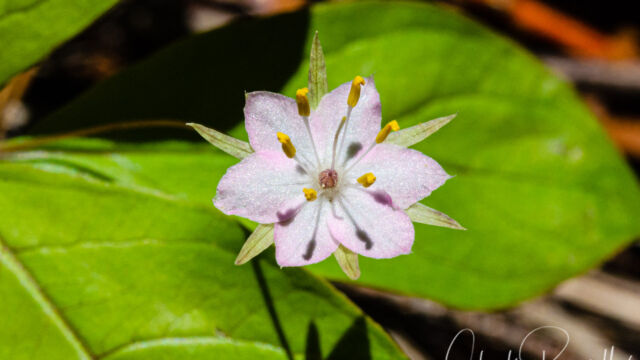
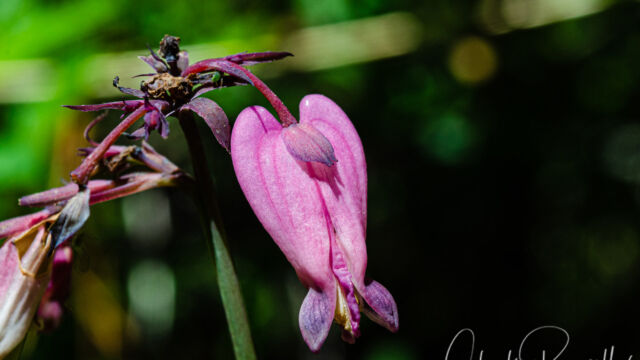
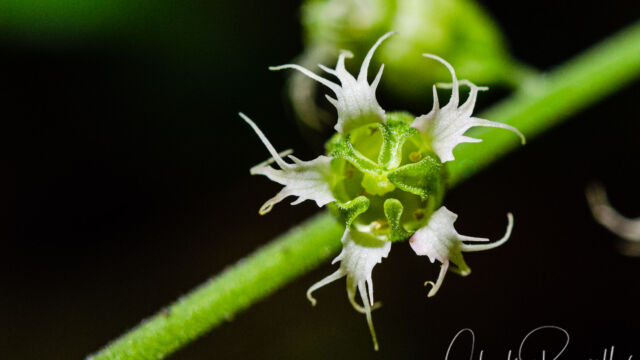


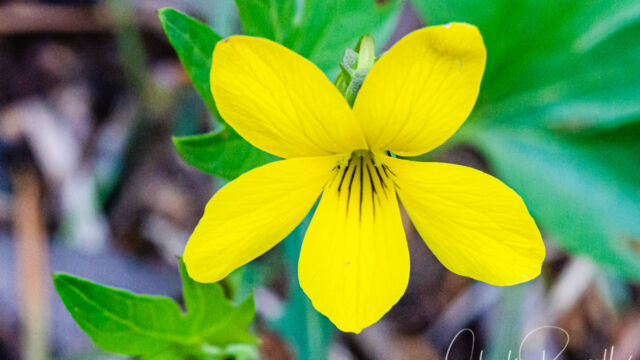
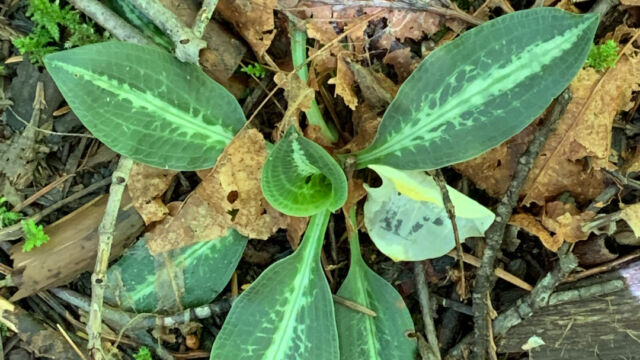
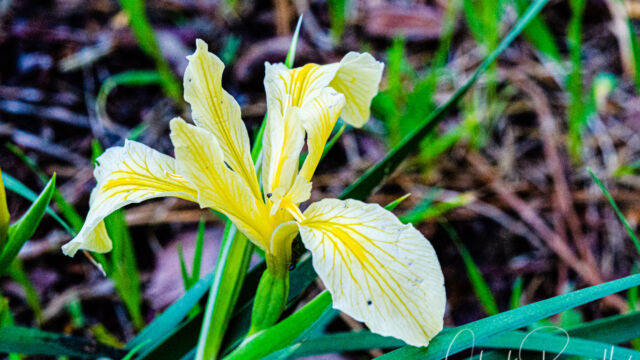

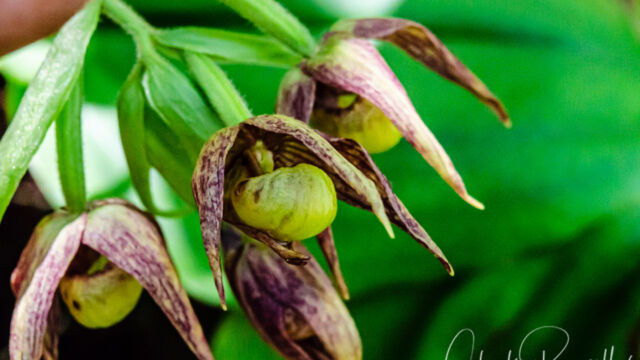

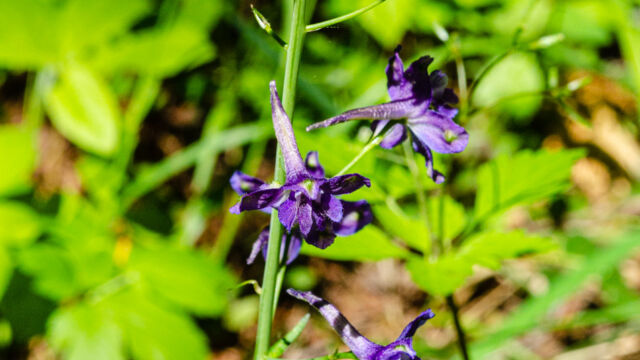
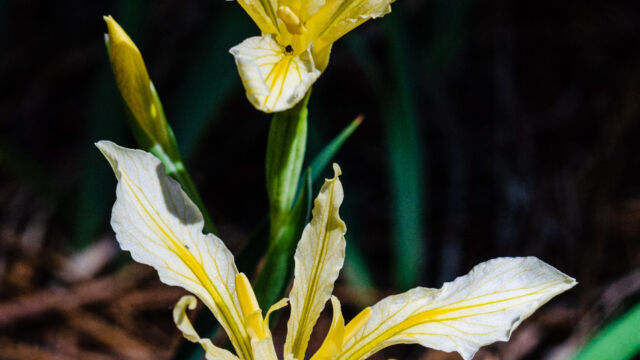
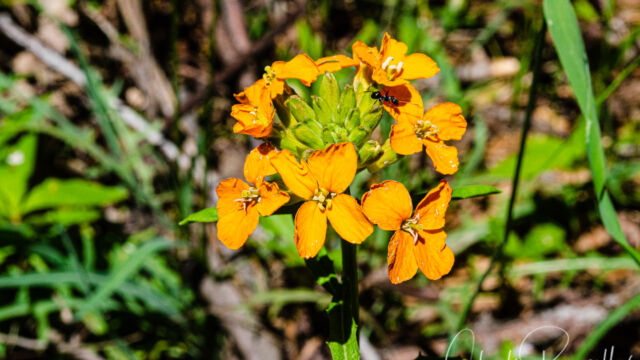
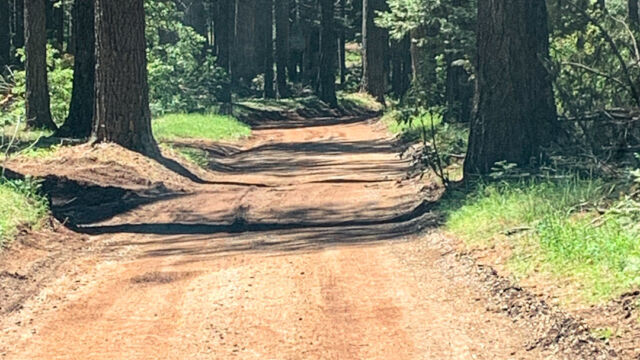
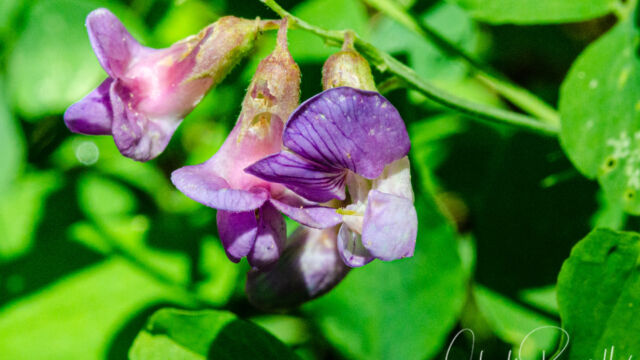

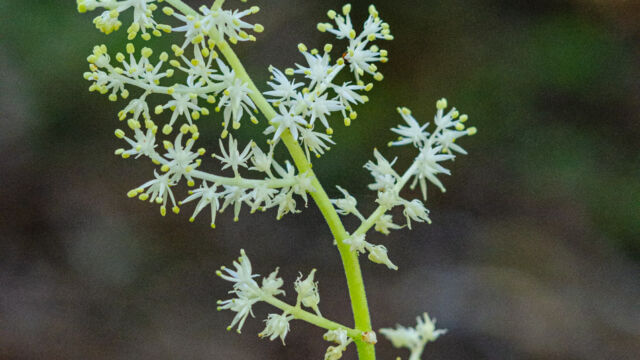

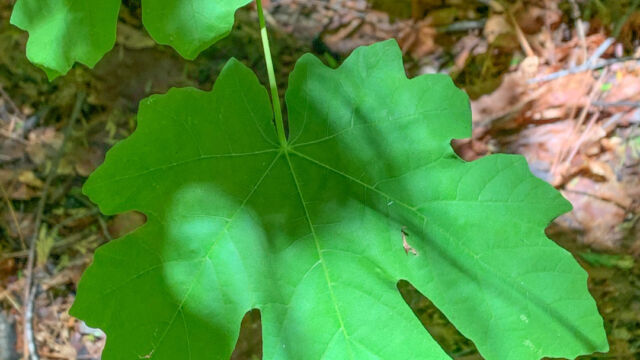
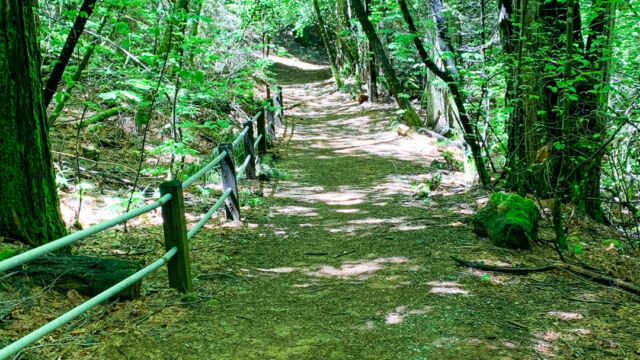
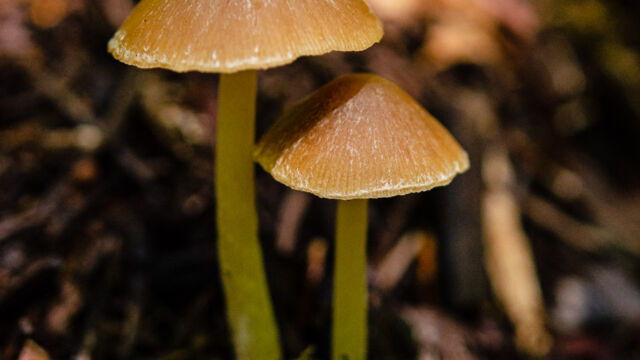
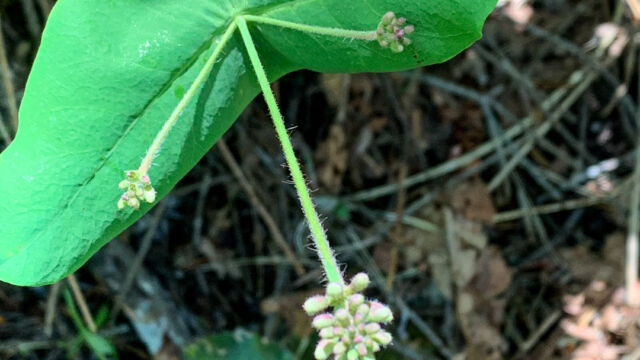
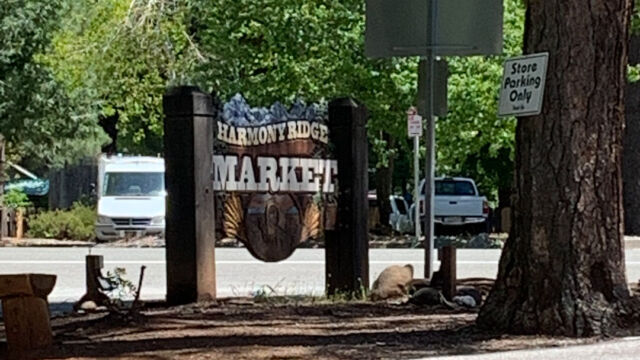
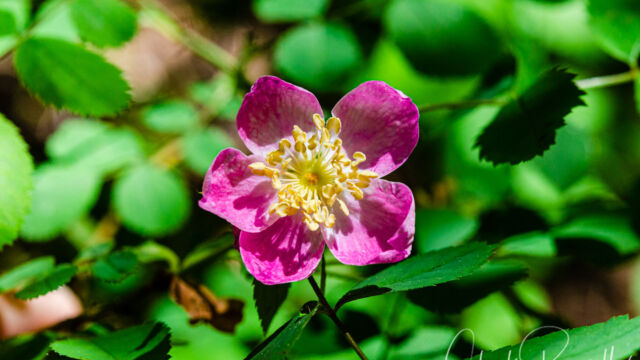

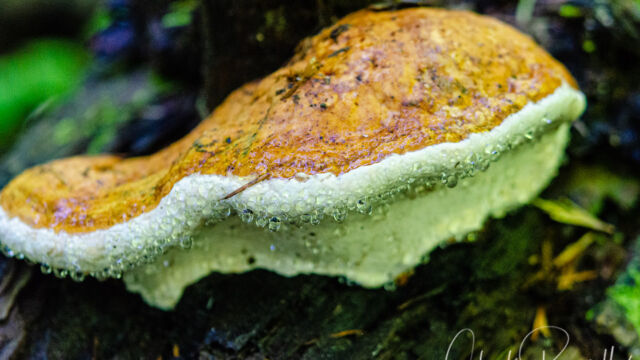
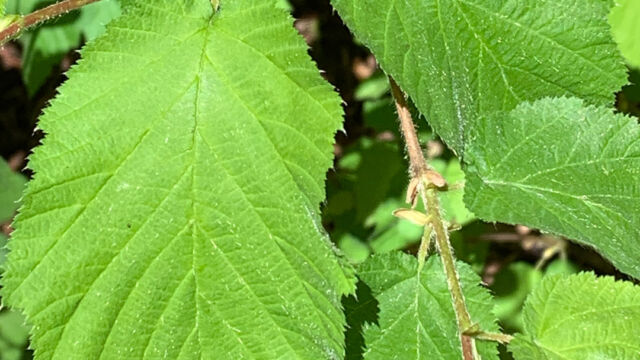
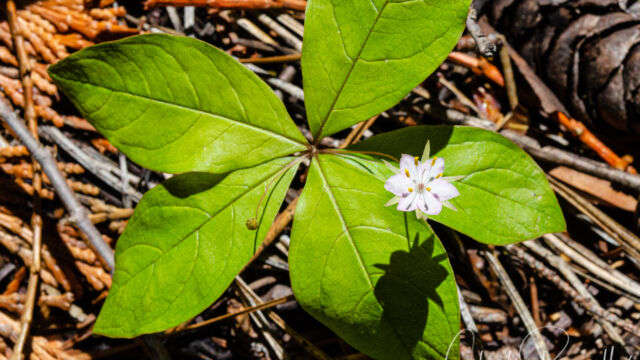
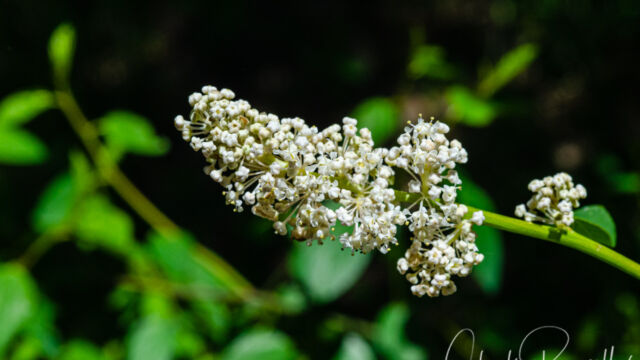
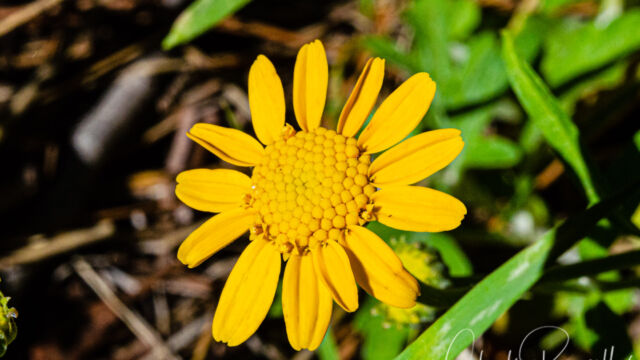
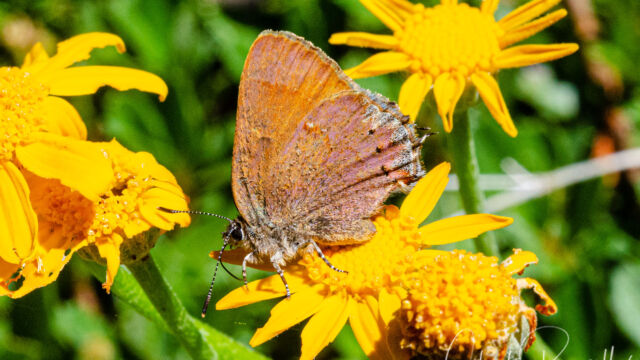
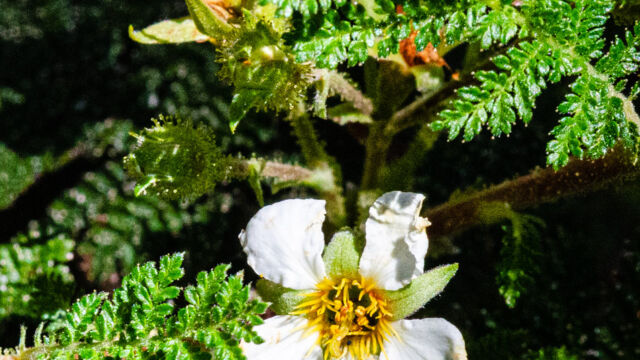
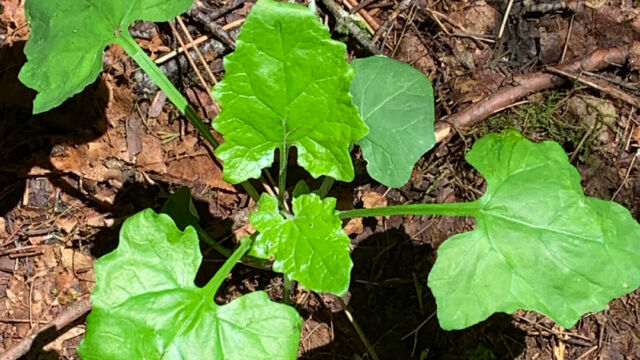
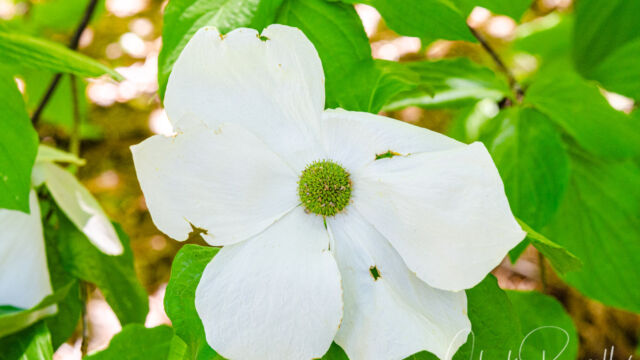
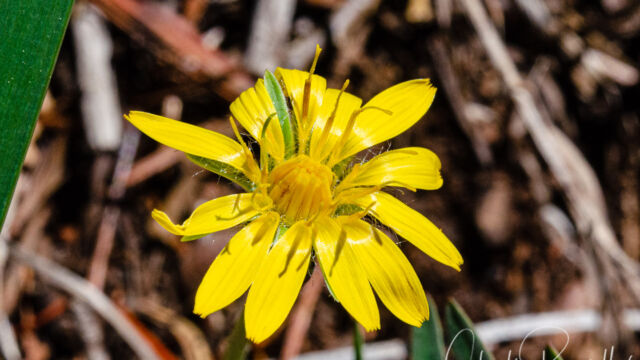
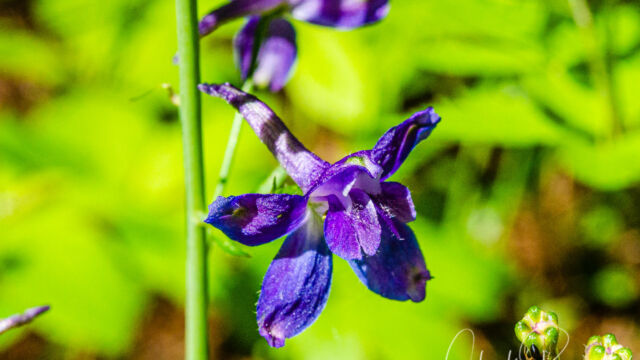
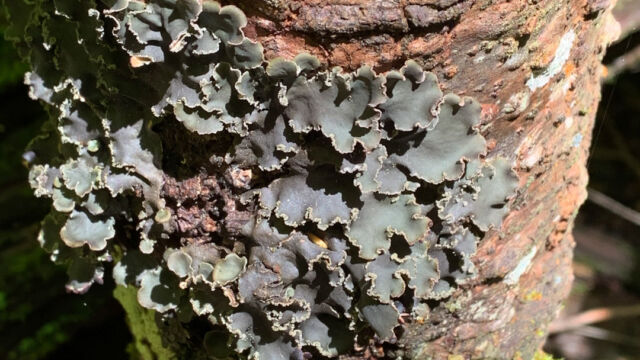
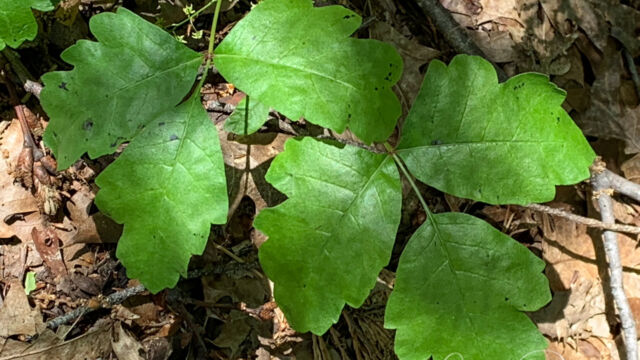
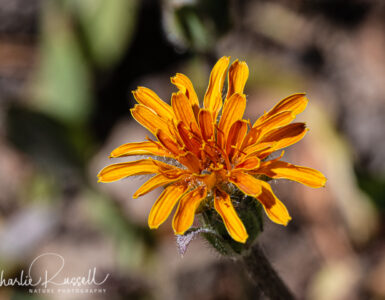
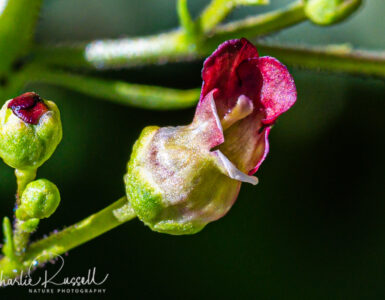
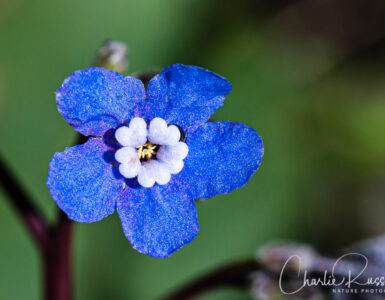
Add comment